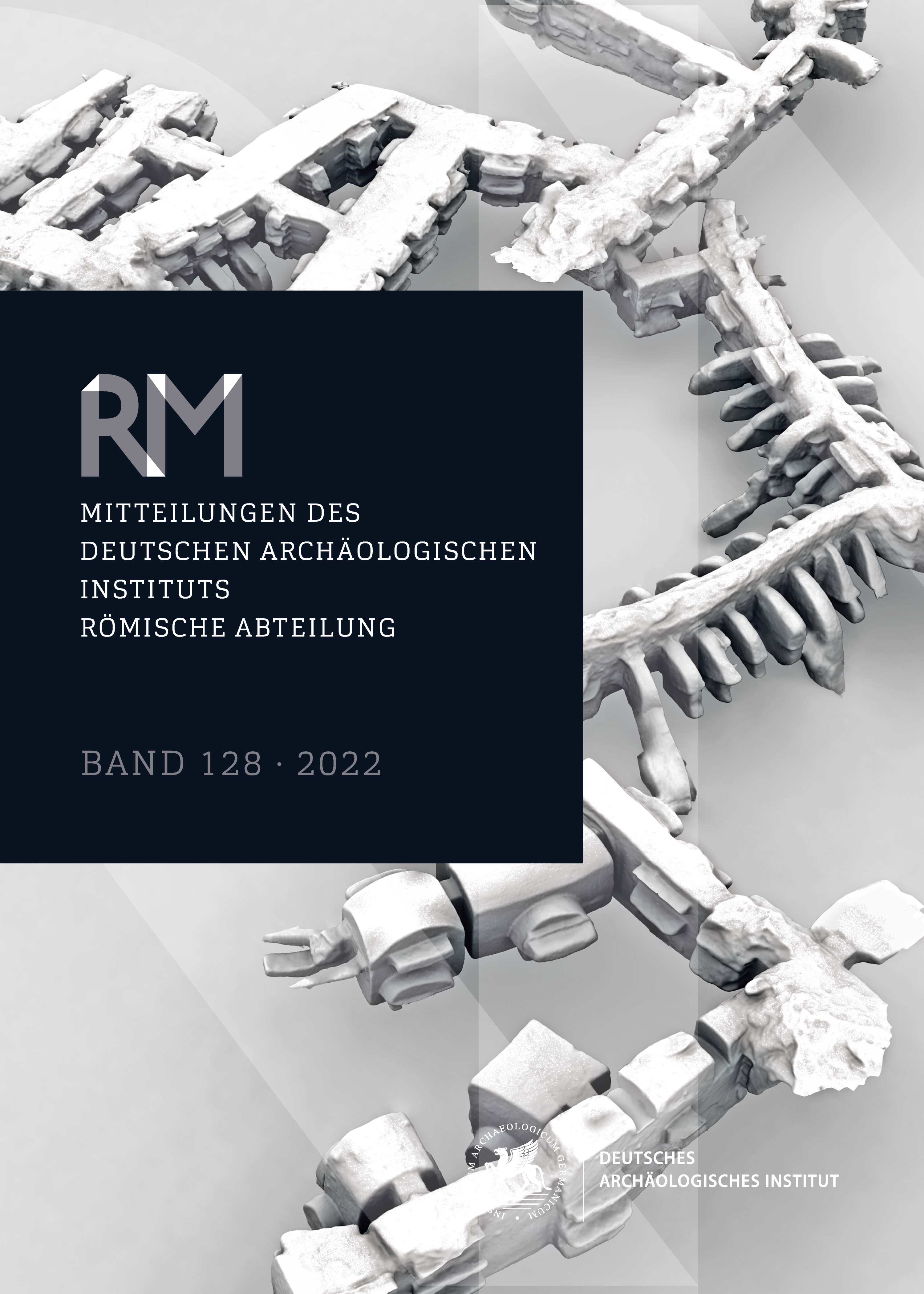Tönerne Rundaltäre aus Sizilien
https://doi.org/10.34780/bc77-oab7
Abstract
Cylindrical altars made of terracotta, called arulae, are common finds in Hellenistic Sicily. They were used there and in southern Italy from the late fourth to the first century BC. Their heyday is in the third century BC, as then they were gradually replaced by built altars in the second/first century BC. Arulae were most often found in domestic contexts and are much less frequently encountered in sanctuaries. Their size, weight and shape suggest that they were portable and could be used flexibly in different settings, and that they carried shallow ceramic bowls for making offerings (libations, food, or incense?). However, since they are usually found in a fragmentary condition, scholars have paid little attention to them. This paper provides the first comprehensive study of these altars from Sicily, focusing on their size, shape, decoration, typology, geographical and chronological distribution. Furthermore, their function and spatial contexts are discussed, with as special emphasis on the arulae found during recent excavations in the House of the Two Skeletons at Morgantina.
Keywords:
Hellenistic Sicily, Arula, Terracotta Cylindrical Altars, Domestic Cult, Morgantina





